The Ultimate Guide for Stairlifts and Home Lifts in the UK
Home lifts, or residential elevators, are a great way to improve accessibility and convenience at home. Home lifts are a great solution for aging in place, accommodating family members with mobility problems, or adding luxury to your home.
This ultimate guide will provide you with all the information that you need about home lifts, including the types of lifts available, the safety and legal requirements, the installation process, the costs and more.
1. Types of home lifts
a. Stairlifts
The stairlifts are installed alongside the stairs to transport users up and down. These stairlifts are ideal for those who have difficulty climbing stairs but can still move around the same floor.
b. Platform Lifts
Platform lifts can be used by wheelchair users. They are usually installed next to stairs or through the floor. They can travel up and down multiple floors.
c. Step lifts
Step lifts can be used to overcome short distances such as a few steps at the front of a home.
d. Through-Floor Elevators
These lifts, as their name implies, travel through a hole in the ceiling directly to the floor above. These lifts are perfect for homes that have limited space, as they can be hidden when not in usage.
e. Home Elevators
They are the most luxurious and convenient lifts. These lifts require more investment and space than others, but provide smooth rides on multiple floors. 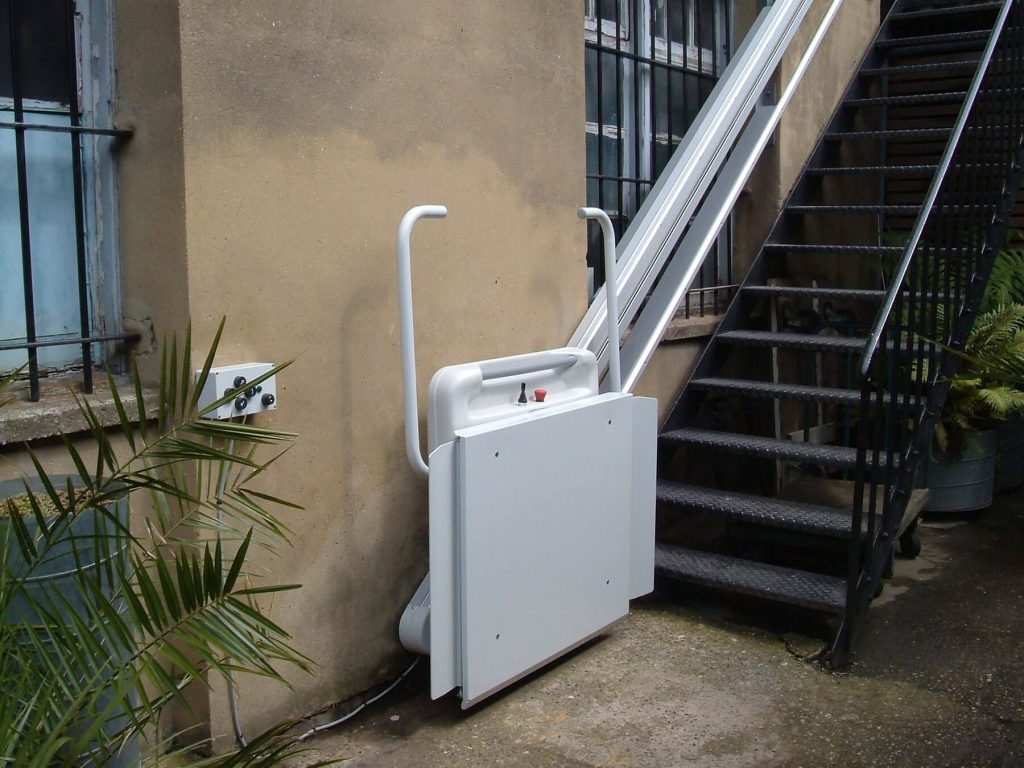
2. Legal and Safety Requirements
The UK’s Supply of Machinery Regulations (Safety) 2008 cover the safety of lifts. This regulation requires that home lifts adhere to strict safety regulations, including:
Emergency Call Systems
– Safety edges and doors.
– Over-speed prevention devices
– Limits on speed and load
The British Standards Institution also offers the BS EN 81 41 standard, which is specific to platform lifts or stairlifts.
You must ensure that any lift you are considering meets these standards. Choose a supplier that is familiar with the regulations.
3. Installation Process
Installation depends on the lift type and layout of your house. The process generally involves:
Initial site survey and visit
– Customizing your lift according to your preferences and needs
– Applying the necessary permissions (for example, if you reside in a listed property)
– Cutting floors through (for home elevators and lifts that go through the floor)
– Installation of the lift, and safety inspections 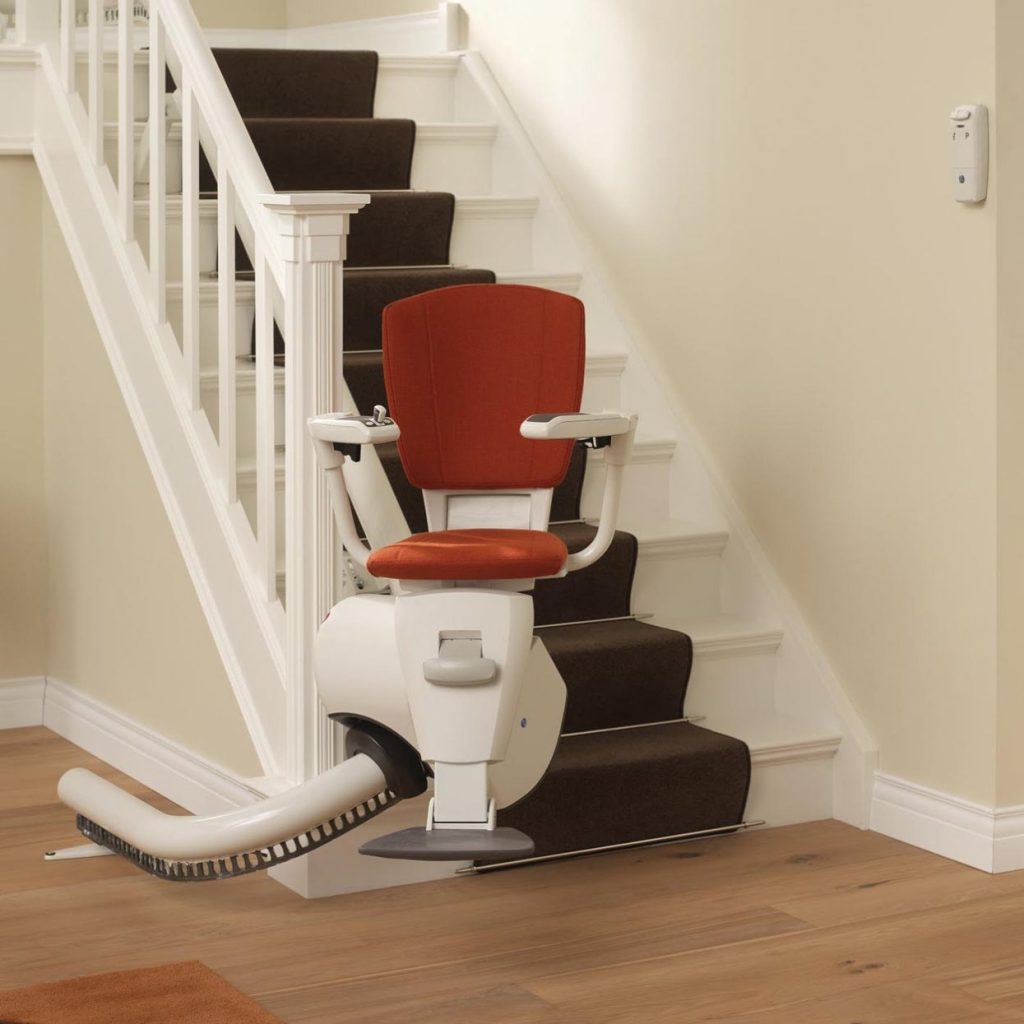
4. Maintenance
Regular maintenance will ensure the safety and longevity of your lift. At least once a calendar year, it’s recommended that you schedule professional maintenance. It’s important to check the lift for functionality, lubricate moving parts and fix any problems.
5. Cost
In the UK, the cost of a lift for your home can vary from £92 (for a simple stairlift) to £925,000 for a luxury elevator. The cost of a home lift depends on several factors, including the type, customizations and installation complexity.
Don’t just think about the initial costs. You’ll also have to pay for repairs, maintenance and energy consumption.
6. Grants and funding
The UK offers grants such as the Disabled Facilities grant (DFG) that help to cover the cost of home adaptations. You could be eligible for up to £26,000 in England £26,000 in Wales and £24,000 in Northern Ireland, depending on your eligibility.
A home lift will improve your quality of living by increasing accessibility, convenience and safety. When selecting and installing a lift for your home, consider which type is best suited to your needs. Also, make sure it meets all safety standards. Consider the costs and look into possible grants and funding. You should also consult with experts in the field so that you can make the best decision.
What are the most popular stairlift brands available in UK?
In the UK, there are many reputable manufacturers and suppliers of stairlifts. Here are the most popular:
Stannah Stairlifts
Stannah is a well-known name in the industry. They offers a variety of stairlifts, new and refurbished, that can be fitted to both straight and curved stairs.
2. Acorn Stairlifts
Acorn is a major global player that has a strong presence in UK. They have stairlifts for both straight and curved staircases, as well outdoor stairlifts.
3. Handicare Stairlifts
Handicare has a wide range of stairlifts that can be used on any type of staircase, whether it is straight, curved, or outdoors. Also, they offer reconditioned versions.
4. Bison Bede Stairlifts
Bison Bede is a stairlift manufacturer that has been in business for more than 20 years. Its products are known for their quality and reliability. Bison Bede’s stairlifts remain available on the market, even though the company has been taken over by Acorn.
5. Brooks Stairlifts
Brooks’ Lincoln model is battery-operated, so it can still be used during power outages. The company is a subsidiary to Acorn Stairlifts, but it operates under its own name. 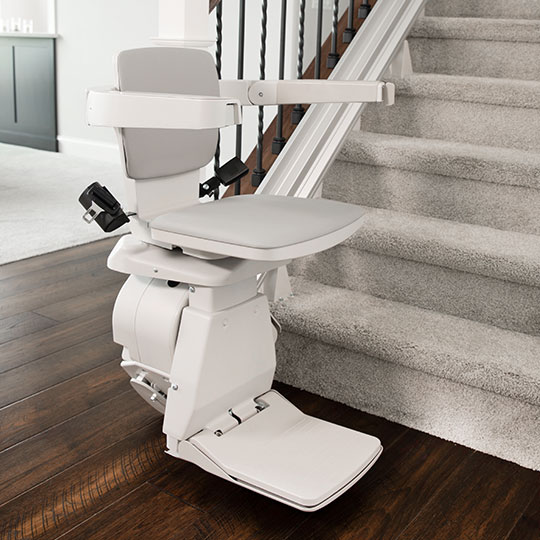
6. Companion Stairlifts
Companion provides a variety of options, including straight stairlifts (also known as straight stairlifts), curved stairlifts (also known as curved stairlifts), and reconditioned stairs.
7. Meditek Stairlifts
Meditek is a global stairlift provider based in North East England. They offer a variety of options to suit different staircases.
These brands are known to offer high-quality products and excellent customer service, as well as comprehensive warranties. Before choosing a supplier, it’s best to research the company thoroughly, compare quotes and read customer reviews.
The types of stairlifts available for installation
There are many types of stairlifts available for installation in your home. They can cater to different needs and staircase styles. Here are some of the most common types:
1. Straight Stairlifts
They are only suitable for straight staircases without any bends or landings. Installing these stairlifts is the easiest and cheapest option.
2. Curved Stairlifts
These stairlifts can be used for stairs that are curved, have multiple landings or bends. The curved stairlifts will be custom-made for your staircase. They are therefore more expensive.
3. Seated Stairlifts
The most common type is the stairlift. The user sits on a chair and is transported up or down stairs. Seats are usually equipped with a seatbelt to provide extra security. They can also be folded up when not in usage.
4. Standing Stairlifts
These stairlifts are also known as “perch stairlifts” and are for people with difficulty sitting or bending their legs. The user can lean on a cushioned support or sit on a small stool. They are especially useful for homes with narrower stairs where a seated lift might not fit.
5. Outdoor Stairlifts
These stairlifts can be installed outdoors, on steps that lead to a front or back door. When not in use, they are usually protected by waterproof covers.
6. Wheelchair Stairlifts
These stairlifts are also known as platform lifts and have a large platform that can accommodate a wheelchair. These stairlifts can be used on straight or curved stairs, but require more space.
When choosing a stairlift, you should always consider the needs of the user and the design. Work with a supplier that is reputable and can offer guidance to ensure a safe installation.
What should you look for in a stairlift installation
It is important to choose the best stairlift installation for a safe and efficient installation.
Choosing a stairlift installer:
1. Experience
Choose a company that has a proven track record of installing stairlifts. They should know how to install different types of stairlifts in various staircase types.
2. Reputation
Check out the reputation of the company. Ask for references and look at testimonials and reviews online. Reputable companies will have positive feedback on their previous customers.
3. Certification and Affiliation
Installers should be certified and affiliated with industry organizations. This could include organisations in the UK such as the British Healthcare Trades Association or the Lift and Escalator Industry Association.
4. Quality of Products
Installers should only offer stairlifts of high quality from well-known manufacturers. The installer should offer a warranty for their products.
5. Customer Service
Customer service is crucial. The company must be willing to respond and answer your questions. The company should offer good after-sales services, such as maintenance and repairs.
6. Assessment Service
Good installers will provide a free assessment of your home. They will assess your staircase, talk to you about your needs and recommend the best stairlift.
7.Transparent Pricing
Installers who do not disclose costs should be avoided. A reputable installer provides a detailed estimate that includes the cost of the stairlift and installation as well as any after-sales services.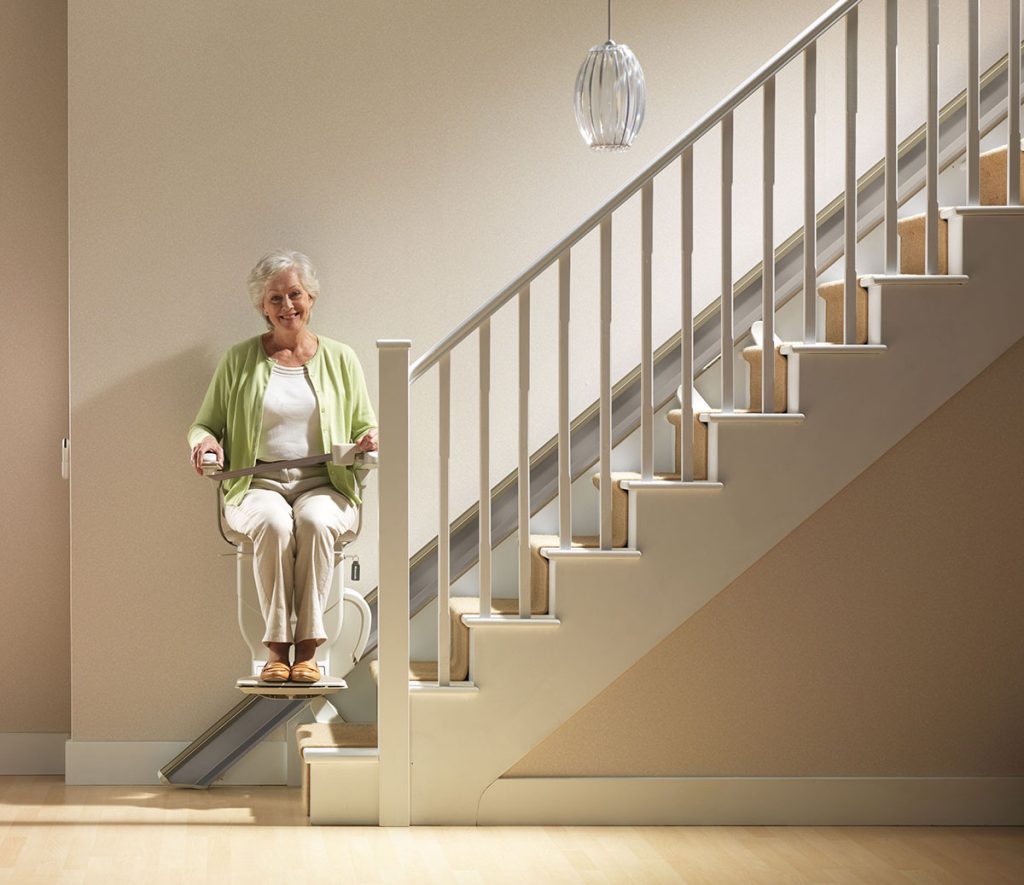
8. Safety Standards
This includes adhering to the British and European Safety Standard a href= https://knowledge.bsigroup.com/search?page=20&query=&type=products>BS EN 81-40. It is important to adhere to the British European Safety Standard , BS EN 81-4.
9. Insurance
Installers should be insured, including with public liability insurance to cover potential accidents.
The cheapest option is not always the best. You should invest a little more to ensure you get quality products and services. Do your research and pick the installer who best suits your needs.





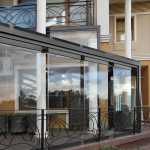

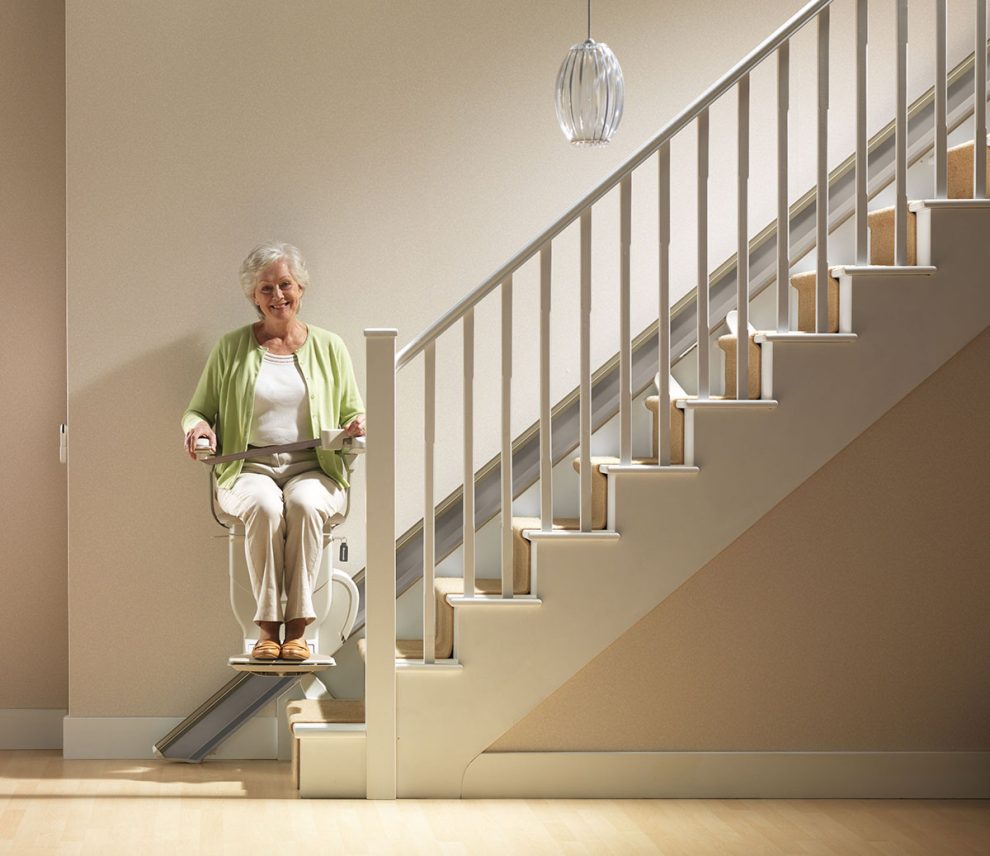
Add Comment